1. Jemal A, Bray F, Center MM, Ferlay J, Ward E, Forman D. Global cancer statistics. CA Cancer J Clin. 2011; 61:69–90.

2. Qiu H, Mao Y, Gu Y, Zhu J, Wang Y, Zeng J, et al. The potential of photodynamic therapy to treat esophageal candidiasis coexisting with esophageal cancer. J Photochem Photobiol B. 2014; 130:305–9.

3. Sakaeda T, Yamamori M, Kuwahara A, Nishiguchi K. Pharmacokinetics and pharmacogenomics in esophageal cancer chemoradiotherapy. Adv Drug Deliv Rev. 2009; 61:388–401.

4. Souza RF, Shewmake K, Beer DG, Cryer B, Spechler SJ. Selective inhibition of cyclooxygenase-2 suppresses growth and induces apoptosis in human esophageal adenocarcinoma cells. Cancer Res. 2000; 60:5767–72.
5. Chan SH, Chui CH, Chan SW, Kok SHL, D. C, Tsoi MYT, et al. Synthesis of 8-hydroxyquinoline derivatives as novel antitumor agents. ACS Med Chem Lett. 2013; 4:170–4.

6. Michael JP. Quinoline, quinazoline and acridone alkaloids. Nat Prod Rep. 1998; 15:595–606.

7. Kumar S, Bawa S, Gupta H. Biological activities of quinoline derivatives. Mini Rev Med Chem. 2009; 9:1648–54.

8. Tharayil N, Bhowmik P, Alpert P, Walker E, Amarasiriwardena D, Xing B. Dual purpose secondary compounds: phytotoxin of Centaurea diffusa also facilitates nutrient uptake. New Phytol. 2009; 181:424–34.
9. Jeon JH, Lee CH, Lee HS. Antimicrobial activities of 2-methyl-8-hydroxyquinoline and its derivatives against human intestinal bacteria. J Korean Soc Appl Biol Chem. 2009; 52:202–5.

10. Lam KH, Gambari R, Lee KK, Chen YX, Kok SH, Wong RS, et al. Preparation of 8-hydroxyquinoline derivatives as potential antibiotics against Staphylococcus aureus. Bioorg Med Chem Lett. 2014; 24:367–70.

11. Takayama O, Yamamoto H, Damdinsuren B, Sugita Y, Ngan CY, Xu X, et al. Expression of PPARdelta in multistage carcinogenesis of the colorectum: implications of malignant cancer morphology. Br J Cancer. 2006; 95:889–95.
12. Xu L, Han C, Wu T. A novel positive feedback loop between peroxisome proliferator-activated receptor-δ and prostaglandin E2 signaling pathways for human cholangiocarcinoma cell growth. J Biol Chem. 2006; 281:33982–96.

13. Fournier T, Tsatsaris V, Handschuh K, Evain-Brion D. PPARs and the placenta. Placenta. 2007; 28:65–76.

14. Hla T, Neilson K. Human cyclooxygenase-2 cDNA. Proc Natl Acad Sci U S A. 1992; 89:7384–8.

15. Dimberg J, Hugander A, Sirsjo A, Soderkvist P. Enhanced expression of cyclooxygenase-2 and nuclear beta-catenin are related to mutations in the APC gene in human colorectal cancer. Anticancer Res. 2001; 21:911–5.
16. Zimmermann KC, Sarbia M, Weber AA, Borchard F, Gabbert HE, Schror K. Cyclooxygenase-2 expression in human esophageal carcinoma. Cancer Res. 1999; 59:198–204.
17. Sun WH, Sun YL, Fang RN, Shao Y, Xu HC, Xue QP, et al. Expression of cyclooxygenase-2 and matrix metalloproteinase-9 in gastric carcinoma and its correlation with angiogenesis. Jpn J Clin Oncol. 2005; 35:707–13.

18. Sun WH, Zhu F, Chen GS, Su H, Luo C, Zhao QS, et al. Blockade of cholecystokinin-2 receptor and cyclooxygenase-2 synergistically induces cell apoptosis, and inhibits the proliferation of human gastric cancer cells in vitro. Cancer Lett. 2008; 263:302–11.

19. Greenhough A, Smartt HJ, Moore AE, Roberts HR, Williams AC, Paraskeva C, et al. The COX-2/PGE2 pathway: key roles in the hallmarks of cancer and adaptation to the tumour microenvironment. Carcinogenesis. 2009; 30:377–86.

20. Lam KH, Xu L, Feng L, Fan QH, Lam FL, Lo WH, et al. Highly enantioselective iridium-catalyzed hydrogenation of quinoline derivatives using chiral phosphinite H8-BINAPO. Adv Synth Catal. 2005; 347:1755–8.

21. Tang JC, Wan TS, Wong N, Pang E, Lam KY, Law SY, et al. Establishment and characterization of a new xenograft-derived human esophageal squamous cell carcinoma cell line SLMT-1 of Chinese origin. Cancer Genet Cytogenet. 2001; 124:36–41.

22. Shimada Y, Imamura M, Wagata T, Yamaguchi N, Tobe T. Characterization of 21 newly established esophageal cancer cell lines. Cancer. 1992; 69:277–84.

23. Deng W, Tsao SW, Guan XY, Lucas JN, Si HX, Leung CS, et al. Distinct profiles of critically short telomeres are a key determinant of different chromosome aberrations in immortalized human cells: whole-genome evidence from multiple cell lines. Oncogene. 2004; 23:9090–101.

24. Zhang H, Jin Y, Chen X, Jin C, Law S, Tsao SW, et al. Cytogenetic aberrations in immortalization of esophageal epithelial cells. Cancer Genet Cytogenet. 2006; 165:25–35.

25. Tang WK, Chui CH, Fatima S, Kok SH, Pak KC, Ou TM, et al. Inhibitory effects of Gleditsia sinensis fruit extract on telomerase activity and oncogenic expression in human esophageal squamous cell carcinoma. Int J Mol Med. 2007; 19:953–60.

26. Kim MO, Hong ES, Chai JY, Leem JM, You IY, Kim WD, et al. Concurrent FP (5-fluorouracil, cisplatin) chemoradiotherapy for patients with esophageal cancer. Cancer Res Treat. 2003; 35:330–4.

27. Keiser MJ, Roth BL, Armbruster BN, Ernsberger P, Irwin JJ, Shoichet BK. Relating protein pharmacology by ligand chemistry. Nat Biotechnol. 2007; 25:197–206.

28. Bikadi Z, Hazai E. Application of the PM6 semi-empirical method to modeling proteins enhances docking accuracy of AutoDock. J Cheminform. 2009; 1:15.

29. Zhang D, Wood CE. Neuronal prostaglandin endoperoxide synthase 2 responses to oxygen and glucose deprivation are mediated by mitogen-activated protein kinase ERK1/2. Brain Res. 2005; 1060:100–7.

30. Jin M, Li L, Xu C, Wen Y, Zhao M. Estrogenic activities of two synthetic pyrethroids and their metabolites. J Environ Sci (China). 2010; 22:290–6.

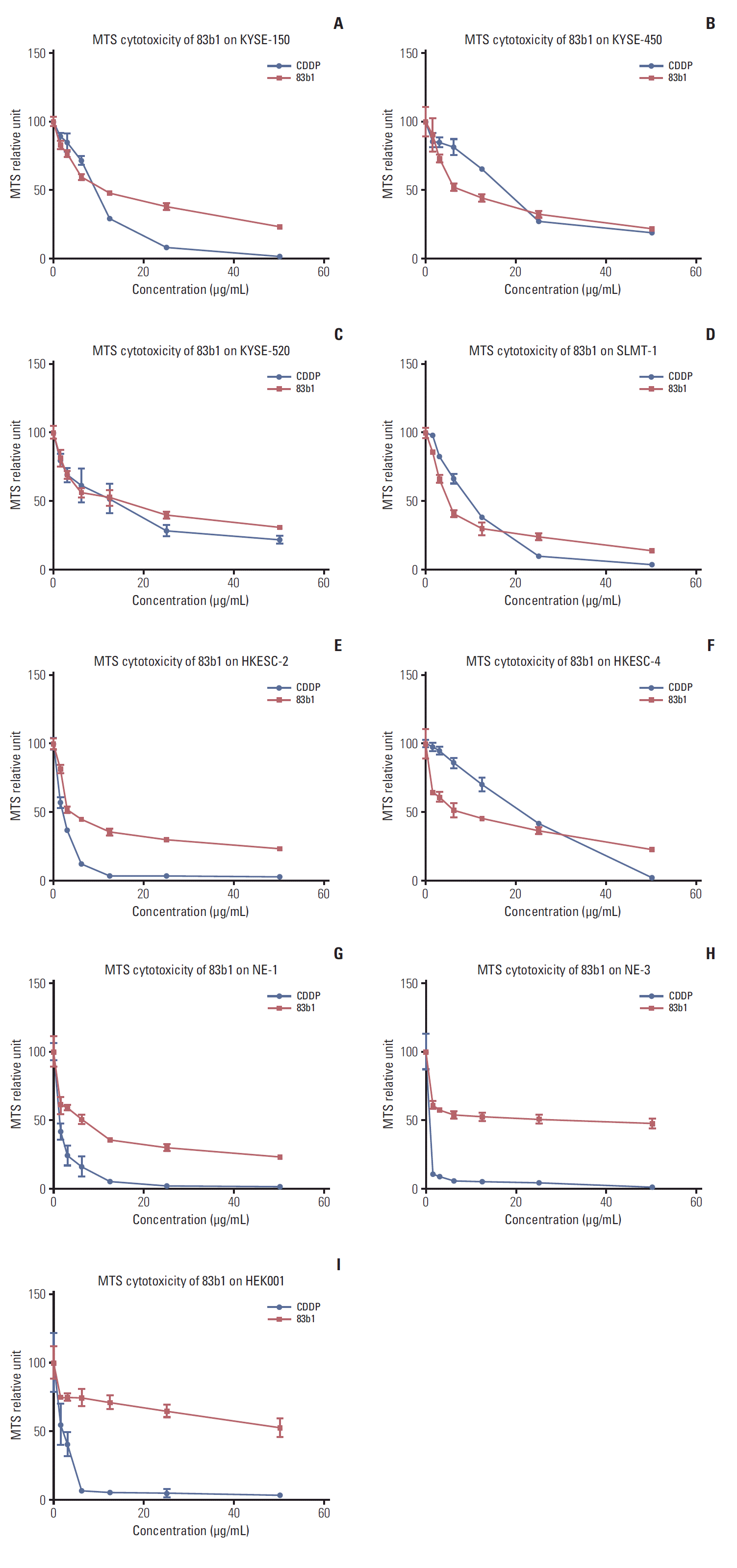




 PDF
PDF Citation
Citation Print
Print


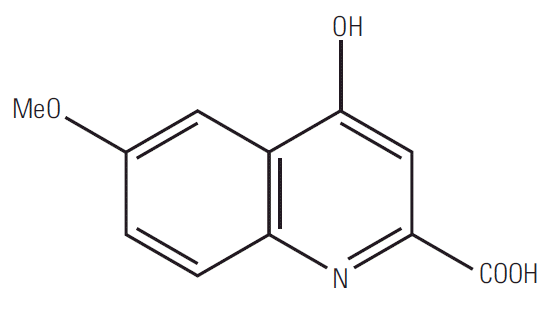
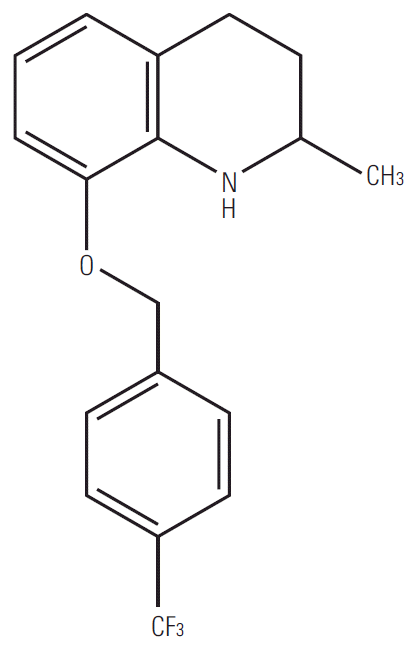
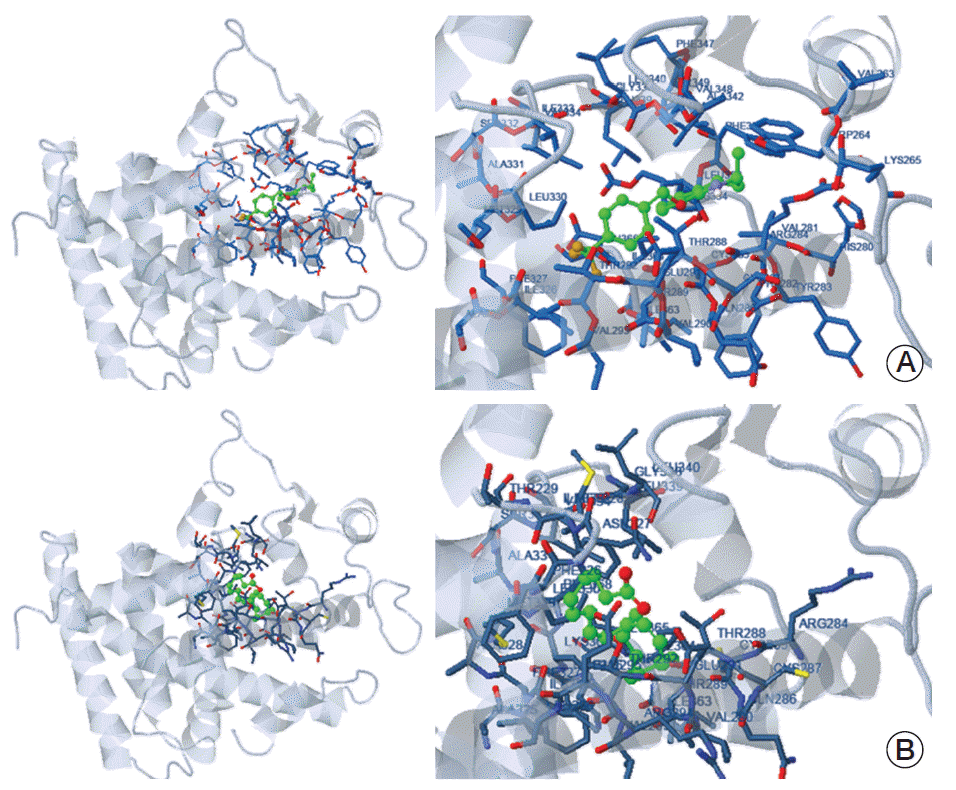
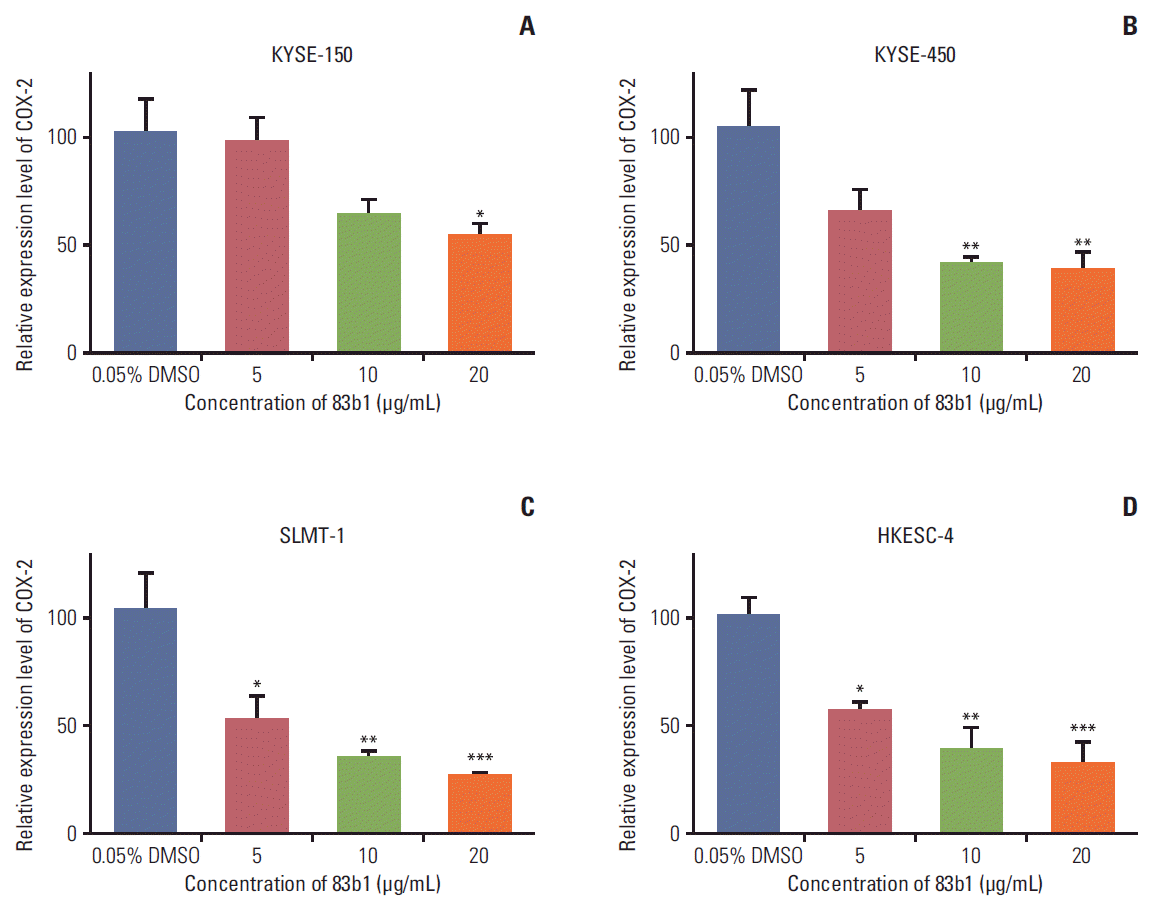
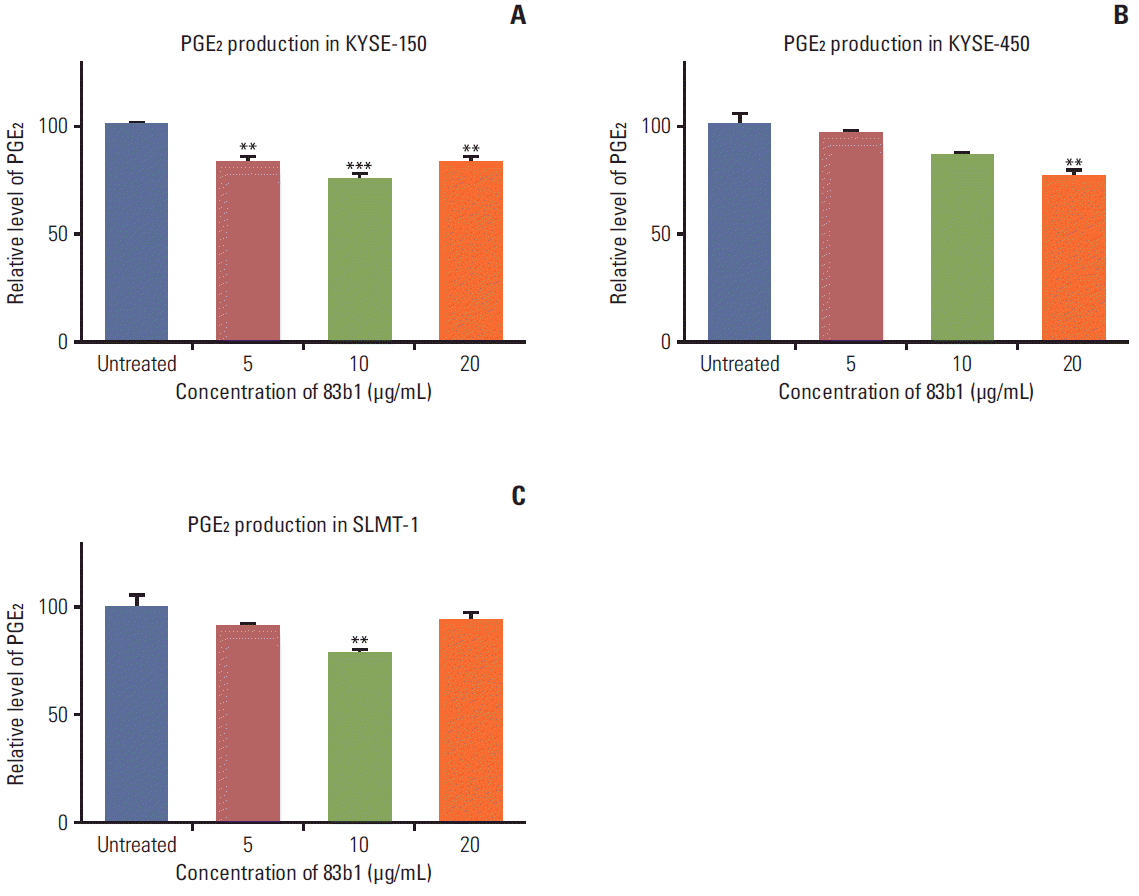
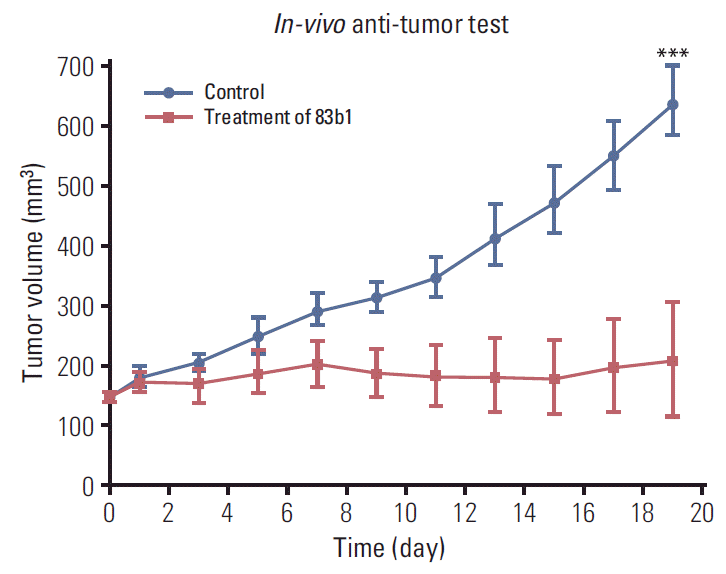
 XML Download
XML Download